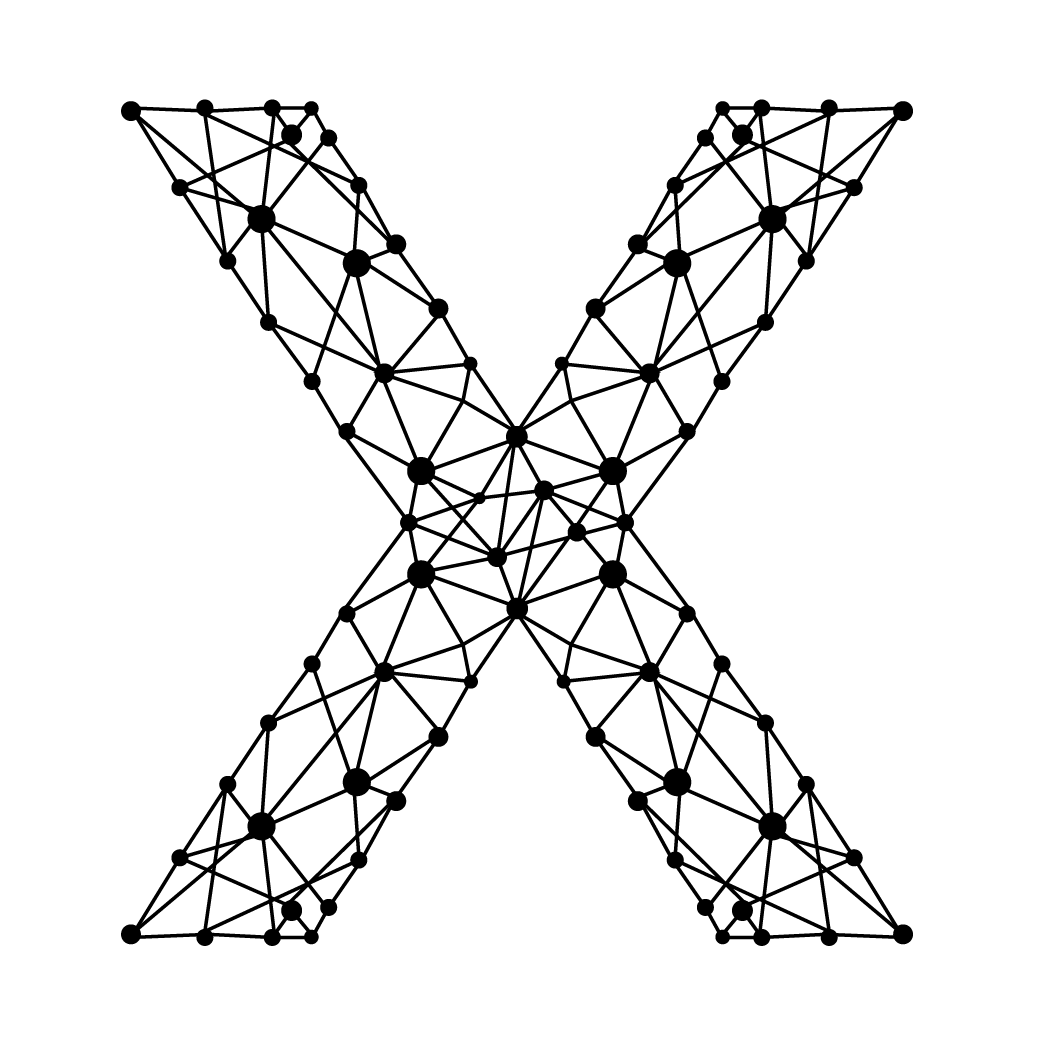VLAN Tagging and Trunking Protocols
VLAN Tagging Standards
VLAN tagging is standardized by the IEEE 802.1Q protocol, which is supported by most networking equipment vendors. This standard allows VLAN tags to be added to Ethernet frames, enabling the identification of the VLAN to which each frame belongs. The standardization ensures interoperability across different vendors.
Dynamic Trunking Protocol (DTP)
Dynamic Trunking Protocol (DTP) is a Cisco proprietary protocol used to negotiate trunk links between Cisco switches. It dynamically manages the creation of trunk links, making it easier to configure and manage VLANs across multiple switches. Since DTP is proprietary, it is not supported by non-Cisco devices.
Non-Cisco Alternatives to DTP
In non-Cisco environments, VLAN trunking is typically configured manually or using other vendor-specific protocols. Here are some examples:
Manual Configuration
Most non-Cisco switches require manual configuration to establish trunk links. This involves specifying the trunk ports and the VLANs that should be allowed on those trunks.
# Example: Manual trunk configuration on an HP switch
interface Trk1
name "Trunk Link"
tagged 1-24
vlan participation include 10,20,30
exit
Juniper Networks
Juniper switches use a similar approach with explicit configuration commands:
# Example: VLAN trunk configuration on a Juniper switch
set interfaces ge-0/0/0 unit 0 family ethernet-switching port-mode trunk
set interfaces ge-0/0/0 unit 0 family ethernet-switching vlan members [ vlan10 vlan20 ]
Arista Networks
Arista switches also require manual configuration for trunk ports:
# Example: VLAN trunk configuration on an Arista switch
interface Ethernet1
switchport mode trunk
switchport trunk allowed vlan 10,20
Advantages of Manual Trunk Configuration
- Vendor Interoperability: Manual configuration ensures that trunking works across different vendors' devices.
- Control: Provides more granular control over which VLANs are allowed on trunk links.
- Stability: Eliminates potential issues related to dynamic negotiation protocols.
Conclusion
While DTP simplifies trunking configuration in Cisco environments, non-Cisco environments rely on manual configuration or other vendor-specific protocols for VLAN trunking. The IEEE 802.1Q standard for VLAN tagging ensures compatibility across different networking equipment, enabling effective VLAN management and segmentation in diverse network setups.
